Let’s admit it. Tarot is intimidating. How to learn tarot is even more overwhelming.
There’s a lot of content out there: generic meanings, psychics talking about the power intuition, and that nagging reminder that you’re no longer memorizing dates in history class.
Wherever you are in your tarot study, follow along to get a fundamental understanding of tarot and how to learn it in a meaningful way.
Are You Stuck on How to Learn Tarot?
If you answered YES, let me reassure you that you’re not the only one. Even the most well-known tarot bloggers and psychics look at the handbook every now and then.
And that’s ok – tarot isn’t about memorization and perfect recitation of pre-specified meanings. It’s about looking at a picture and evoking that deep part of you that knows without knowing.
Studying tarot can be as easy as being curious. Tap into that part of you that started learning about tarot in the first place. It’s the part of you that revels in mysticism, drools over anything sacred geometry, watches all the tarot reading YouTube videos, and questions the meaning of things.
To learn tarot is to start uncovering pieces of the cosmic puzzle, and that includes the unique place that you occupy in the universe.
If you’re ready to figure out how to make up your own tarot meanings, you’re in the right place.
Tarot as a Conceptualization of Universal Force
How to Learn Tarot
To learn tarot means going in-depth into various spiritual topics ranging from essential elements, symbolism, sacred geometry, and the Hermetic Qabalah. These are the building blocks. Without them, you will run into barriers in your intuition.
The key here is that you don’t need to be the perfect student. Everything you read, see, feel, touch, and smell gets analyzed by your brain, whether you’re conscious of it or not. This is your intuition.
Learning tarot means that you actively, passively, and synchronously integrate what you’ve studied, what you see, feel, hear, taste, and smell into your intuitive mind.
You might be thinking that’s a lot to handle. It doesn’t have to be. Let’s break down this process into three steps:
How to Learn Tarot: Defining Key Concepts
Ideograms
Tarot cards are ideograms, defined as “a written character [or picture] symbolizing the idea of a thing without indicating the sounds used to say it…” according to Oxford Language Dictionary. Examples of ideograms are the Christian cross, the Yin/Yang symbol, and the Chakana.
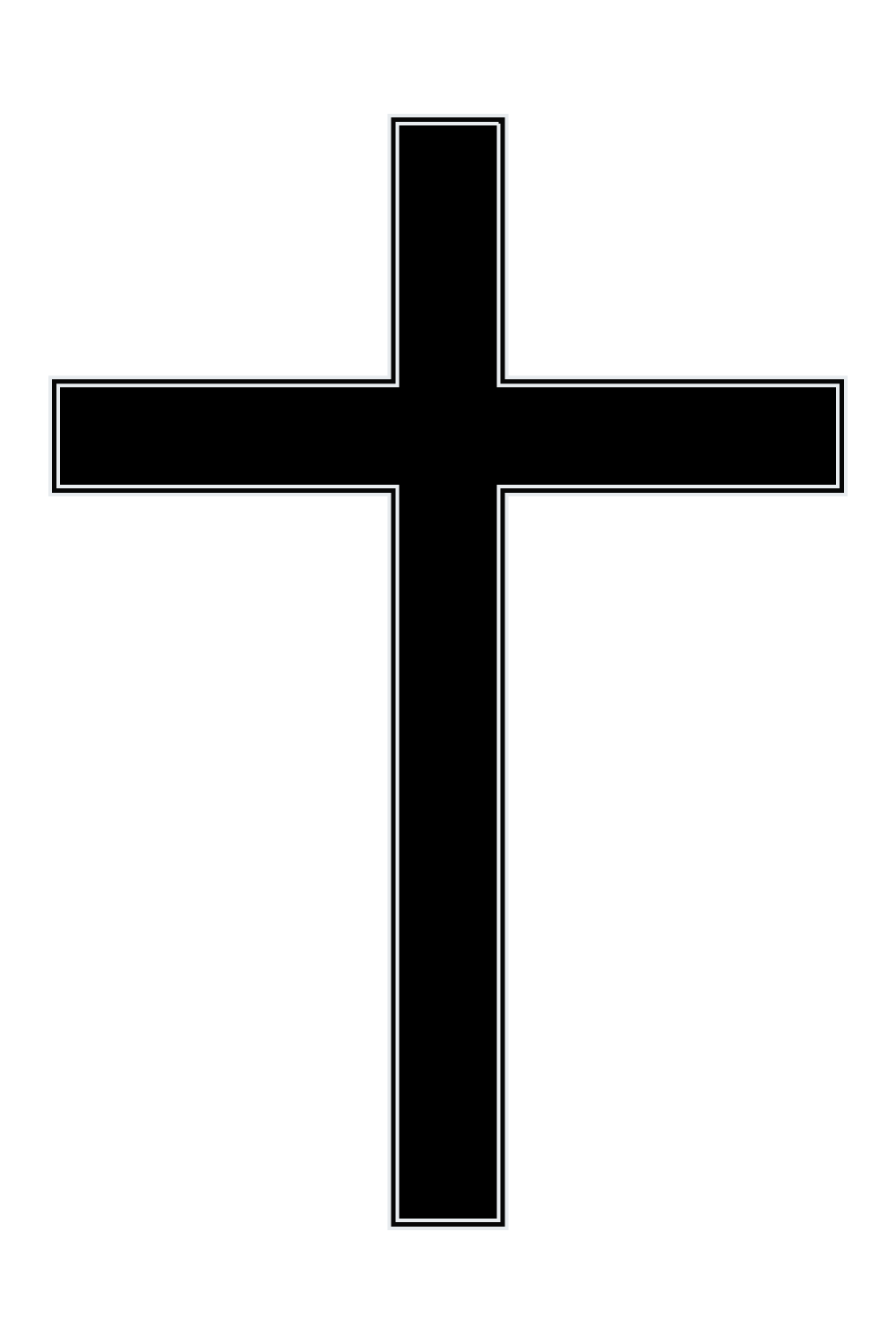
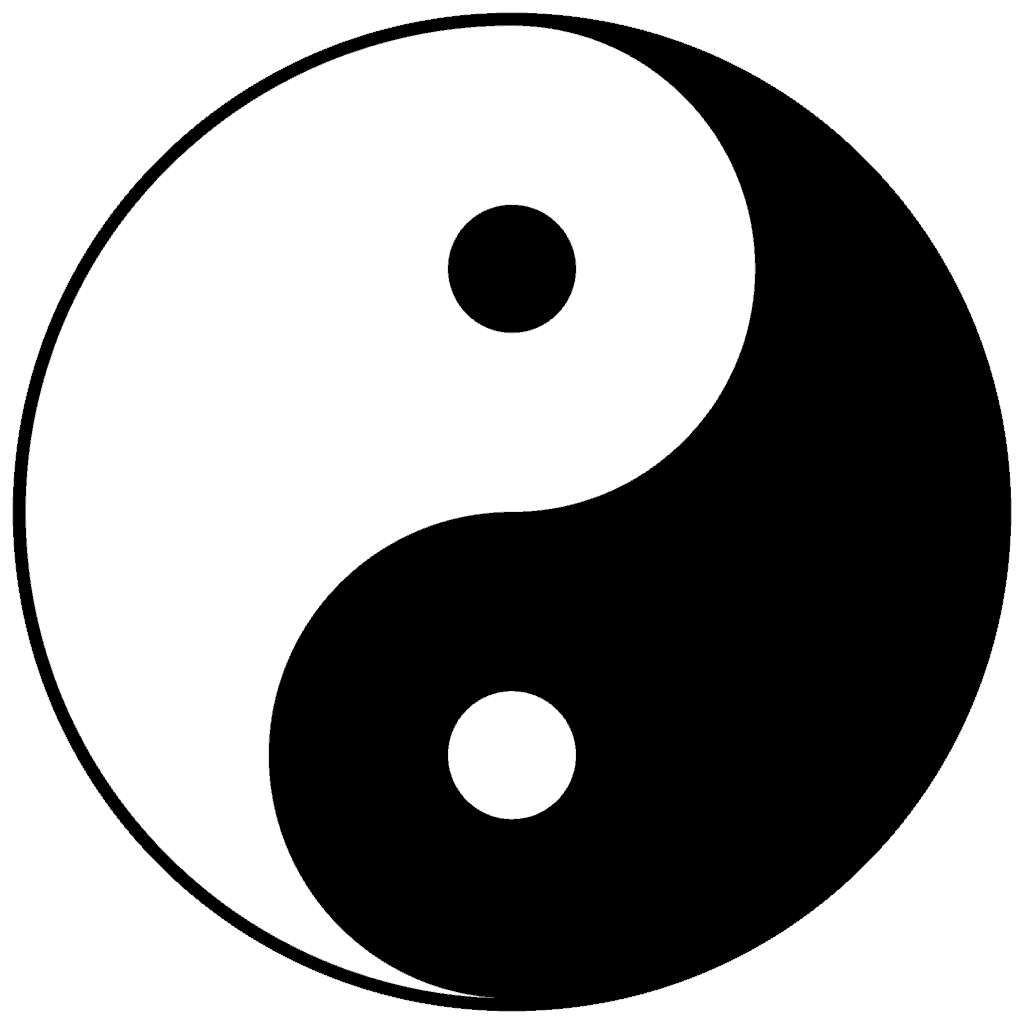
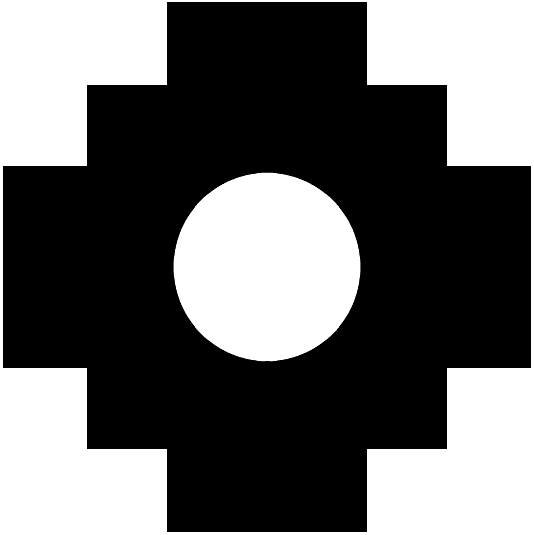
These are visual depictions of complex, rich, historical and philosophical concepts. The symbols contain all the fundamental maxims, revelations, wisdom, and teachings of that theology and become a material representation of abstract ideas.
Tattoos can also be ideograms. They are a patchwork of little pictorial symbols and phrases that have alternate meanings behind them. The body becomes a canvas for life experiences both humorous and serious.
The same idea applies to tarot. The cards are a patchwork of symbol systems reflecting ideologies, theologies, concepts, and philosophies that come together to create shape, meaning, and a miniature representation of different universal truths.
As Above/So Below
As above, so it is below. That which has been, will return again. As in heaven, so on earth.
Emerald Tablet of Thoth the Atlantean
You may have heard the phrase as above/so below a lot, especially in the spiritual community. But what does it mean?
Across many religious teachings we see the idea that humans are a reflection of, or created in the image of the greater, cosmic force that surrounds us, otherwise known as “God” (or insert pantheon of deities here).
Regardless of the method or conceptualization used, the fundamental concept remains the same: we are made of the same stardust and elements that everything else is made of.
For instance, look at the images below: one is a map of the dark matter distribution in the known universe, and the other is a map of the human brain.


(microcosm)
It looks pretty similar, right? It’s no coincidence that we are structured and organized in the way we are.
We follow the exact same universal principles and laws of physics as everything else in this universe right down to the cellular level.
Whether or not we exist because of an intelligent creator or some arbitrary force, I leave to your personal faith.
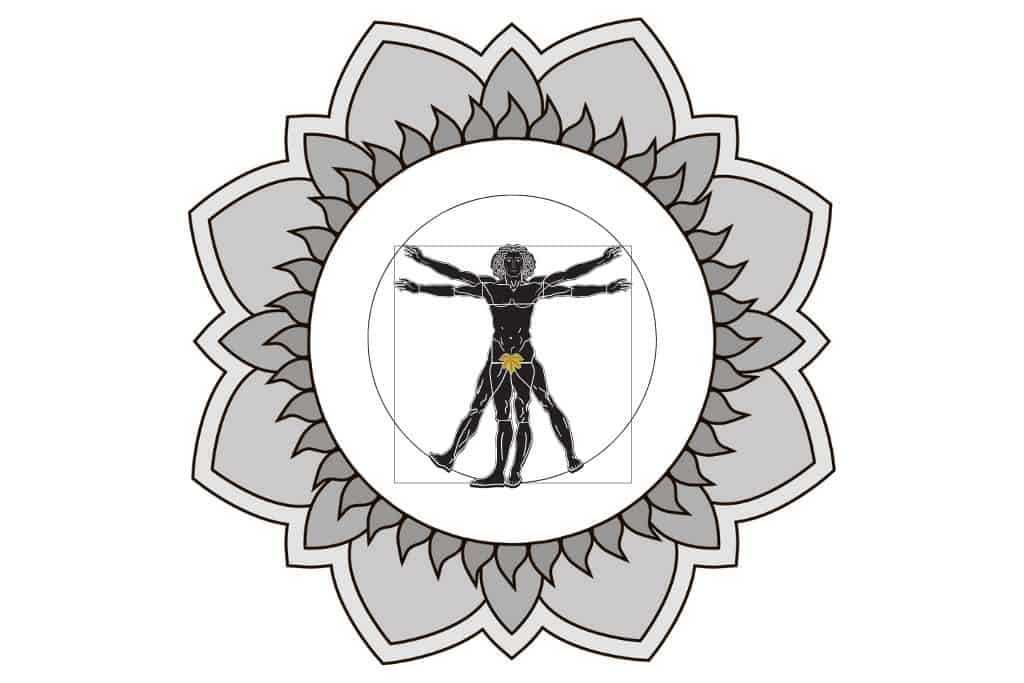
This is how tarot functions as an ideogram for the microcosm. Each card is meticulously forged through symbols of ancient wisdom across history such that it becomes a modality and reflection of the human experience.
This is why tarot readings can get scary accurate.
Learn ONE Symbol, and Run With It
There are so many different components to the cards. When you start with one symbol of any card and learn everything you can about it, your conceptual understanding of all the cards will deepen.
The tarot will use symbols consistently throughout the deck. Once you learn one component, that will inform elements of the other cards.
In cognitive psychology and user design, there is a term called “information scent”. Think of each tarot card as a bush with a bunch of berries. One of those berries looks especially juicy.
Let’s say that berry is the color red. Find everything you can on the color red: correspondences, Feng Shui usage, cultural differences, magical applications, etc.
The idea is that you’re looking for that juicy red berry in the whole patch of bushes. Once you know how to find and identify that particular berry, you’ll recognize it intrinsically in the other bushes.
Example – Red
Let’s roll with the color red. In Feng Shui, the power of red invites auspiciousness, prosperity, and luck. It is passion, energy, and life force.
It serves as a revitalizing color, worn by the bride in weddings to bring favor to the marriage.
Typically red is also associated with the root chakra, which is the source of sexual energy. Red can be love, seduction, creativity, and kundalini shakti.
On the other hand, red can also be aggression. Our fiery red planet, Mars, is ruled by Aries. Aries is commonly aligned with concepts like war, leadership, assertion, independence, strength of will, and a short fuse.
You get the idea. This rabbit hole can go deeper and deeper.
Now that we have a basic understanding of red, lets look at the card below and to see how red informs its meaning.
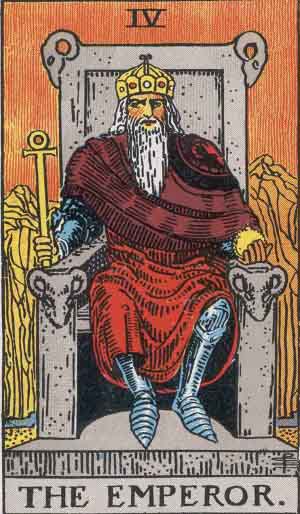
The Emperor
This card immediately hits the reader with red. The Emperor’s astrological correspondence is Aries. Immediately we can infer what this card represents through that bright red cloth: willpower, confidence, and assertion. A person who is in charge of their power.
There is a lighter shade of orangey-red in the background, which can indicate level-headedness and even-keeled temperament. The deeper shade of red on his shawl could be the same color as coals waiting for a burst of fuel to reignite.
Let your imagination go with it. You don’t need to remember exactly what red means. Just feel it. What does red evoke in you? How does looking at the card evoke the same sensations?
The important thing is to release the constriction in your brain that tries to recall and recollect. You already know. You investigated the red color and read about it in this post. It’s a part of you now.
Now that you know red, you can apply it to any other card in the deck. You’ve started the first layer of learning tarot.
Components of the Tarot
Colors are just one level. There are so many other pieces you can examine in the cards. As you learn each symbol and integrate its meaning, you’ll notice your readings getting dynamic and complex.
You will discover that every day the cards bring you something new.
Here are other symbols you can investigate:
- Colors
- Objects (buildings, tools, clothes, etc)
- Figures (people, the directions they face, whether they are active or inactive)
- Cultural or religious symbols
- Persistent symbols within a suit (water, pyramids, nature, etc)
- Astrological correspondences
- Hermetic Qabalah
Practice Reading What You’ve Learned
While truly learning tarot takes a lot of reading and figuring out complex subjects, ultimately, practice makes perfect. When studying a symbol, pull out a random card and see how the symbol fits.
How does the theme of the picture contribute to your interpretation of the symbol on the card? Are people fighting in the card? Are there different shades of the same color? How big or small is the symbol compared to other elements of the card?
Investigate each card as you would art in a museum. Everything on the card was intentionally placed. Meanwhile as you inquire about the symbol of the card, pay attention to other things happening around you.
Are you feeling pain in your shoulder? Do you suddenly feel irritated? Did a bird chirp really loud outside? Is there a peculiar smell?
The sensorial input you receive from the environment around you is just as important as your knowledge of symbolism. Your innate scholarship AND your senses compose the totality of your intuition.
